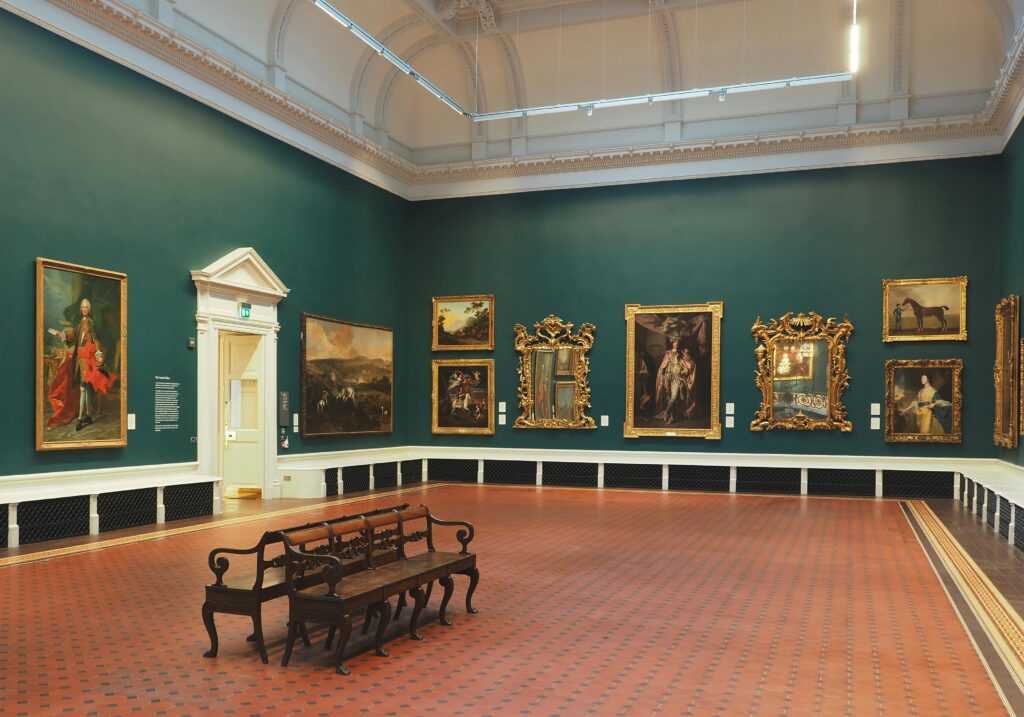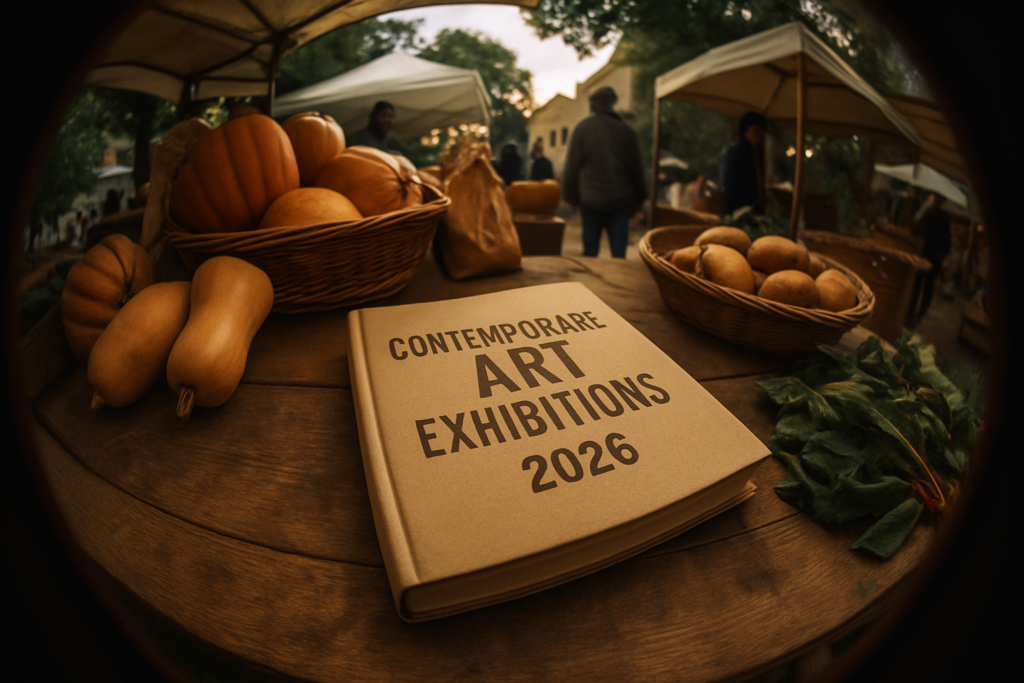Art has been around since the dawn of Man. Drawings etched onto the walls of caves prove our need for expression and creativity is long-held and a key part of who we are. The oldest known cave painting in Cáceres, Spain, is estimated to be older than 64,000 years.
Art has many benefits, from social connection and communication to historical and cultural preservation and the advocacy for social change. It has also been proven to improve our mental well-being.
The Evolution of Visual Art
Our perceptions of what Art is have changed over the years. Cave drawings have evolved into other forms of expression as technology and society have evolved. Today, there are multiple ways artists can express themselves, including:
- Painting
- Sculpture
- Architecture
- Photography
- Drawing
- Printmaking
- Graphic and Commercial Design
But perhaps the most significant change the art world has ever seen is not only its most exciting development, but also potentially its greatest threat: Digital.
What is Digital Art
‘Digital art’ refers to using technology in creative thinking and art making. This can range across various media, including computer, generative, robotic, virtual reality, and augmented reality art.
The use of modern technologies as art tools only began to be explored in the 1950s. It evolved from partnerships between scientific labs and artists eager to try out new technological mediums. These pioneers ultimately contributed to shaping today’s technologies and their artistic qualities.
These digital art innovators include Vera Molnar, John Whitney, and Charles Csuri, who developed algorithmic and computer-generated Art in the 1950s and 60s. Others include Ben Laposky, who famously used oscilloscopes to create electronic Art, and Harold Cohen, known for his AARON AI painting system.
Impact on Industries
The creative industries have always embraced technology, and the video game industry has been at the forefront of innovation. Today, our favorite card games offer players ultra-realistic and deeply immersive entertainment experiences. Many games have created iconic characters and artwork that are part of pop culture, generating an industry worth billions of dollars.
Advertising and marketing have been transformed, too, allowing companies to produce more vibrant, engaging visuals. Using digital illustrations and animations helps capture the attention of the targeted audience and create more successful campaigns.
Galleries have also embraced digital Art in recent years. A technology that many initially saw as a threat to traditional Art has been utilized to enhance and grow interest in modern and traditional forms.
Visually compelling experiences that project artworks onto massive video walls to create interactive and immersive experiences are attracting more people. The Claude Monet immersive experience is just one example of successfully using technology to bring the old masters back to life.
Impact on the Art World
The rise of digital Art has not been smooth in the art world. Many people feared for the demise of traditional art forms, such as painting and sculpture, and argued that digital could not compete.
However, a new generation of artists trained on digital tools has helped to push a cultural shift in attitudes, and digital artworks now regularly change hands for vast sums of money.
The most expensive digital artworks ever sold:
- The Merge by Pak – $91.8 million
- EVERYDAYS: THE FIRST 5000 DAYS by Beeple (Mike Winkelmann) – $69.3 million
- Clock by Pak and Julian Assange – $52.7 million
- Human One by Beeple – $29 million
- CryptoPunk #5822 – $23 million
If anything, digital Art has drawn more eyes to the world of Art, including a younger audience. Its success has also helped boost interest in more traditional art and reinvigorate the art world commercially.
The Benefits of Digital Art
Digital Art offers players incredible flexibility and potentially endless artistic possibilities. Artists can easily edit and rework their Art until they are happy with it, or create complex images on vast canvases without physical restrictions.
Software tools offer creative freedom with unlimited tools, colors, and various media, including 2D painting, illustration, 3D modeling, and much more. With no need for physical supplies and many software tools requiring little or no money, both costs and barriers to entry are lower, too.
The Future of Digital Art
The future of the digital art industry is undoubtedly bright. New technologies are constantly developing, while the arrival of Augmented reality, Virtual reality, and 3D offers the potential of even more immersive and personalized experiences.
Art will continue to evolve and bring new opportunities and challenges, but it will remain just as exciting and vital as the day someone first scraped an image on the wall of a cave thousands of years ago.


